Understanding Onda Lifting: Why Results Vary and What to Expect

Hello, I'm Dr. Lee Jong-jin, head physician at Ceramique Clinic.
I often see people feeling frustrated after reading reviews, thinking, "That person had amazing results, so why not me?"
To be completely honest, it's perfectly normal for results to differ even with the same procedure.
This is because, based on the principles of Onda lifting, sufficient fat is needed to achieve its full potential.
Today, instead of vague expectations, I want to explain what effects a lifting procedure can have and the real reasons why it might not work in some cases. Please focus for the next three minutes.
The principle behind Onda lifting can be compared to a microwave oven.
Just as a microwave generates heat by shaking the water molecules inside food, Onda lifting generates heat by shaking the fat cells in your skin.
This heat selectively destroys fat cells while minimally affecting surrounding skin tissue or blood vessels, allowing for the safe reduction of unwanted fat.
What makes Onda lifting different?
While various lifting methods exist, Onda addresses the root cause.
Other lifting procedures focus on skin elasticity or the SMAS layer, but this procedure directly targets the fat layer, which is the main culprit behind a blurred facial line.
Like solving a complex problem, this procedure focuses on refining the face line by reducing unnecessary volume. This is the core principle of the treatment.
This principle is why you might feel a warm or hot sensation in the treated area.
Why does it feel hot?
It directly delivers microwave energy to the fat layer, selectively generating heat only in the fat cells.
Because it applies heat only to fat without significantly affecting other tissues, the primary sensation is a deep warmth rather than a sharp pain.
This warmth is clear evidence that energy is reaching deep into the skin and that fat cells are reacting to the heat.
The more fat there is in an area, the more energy is absorbed, and the stronger the heat sensation. This also means the procedure is working correctly at the desired target.
Q. Why might it not be effective?
During consultations, I often get the question, "What if it's not effective?"
Frankly, like all procedures, there are definitely cases where Onda lifting may not be effective.
The biggest reasons are having too little fat in the face or excessively thin skin.
The key to Onda lifting is delivering heat to fat cells. If there isn't enough fat, the energy won't be absorbed properly.
Instead, heat might be transferred to unnecessary areas, potentially creating a sunken appearance.
This is why the procedure might have minimal effect or why the results might not meet expectations.
That's why consultation is so important.
While the jawline and cheeks are primary targets for the fat layer, performing the procedure indiscriminately on areas with little fat, such as the cheekbones or temples, can make the face look hollow.
Also, because skin thickness and elasticity vary from person to person, the energy intensity and depth must be adjusted differently even for the same area.
Onda lifting is a relatively safe and effective procedure.
However, as I've explained at length today, all lifting procedures must be performed with great care.
Rather than deciding on a procedure based solely on advertisements or reviews, you need to consider the amount of fat in your face, your skin thickness, and your elasticity to achieve satisfactory results.
Please keep this in mind and make an informed decision through thorough consultation.

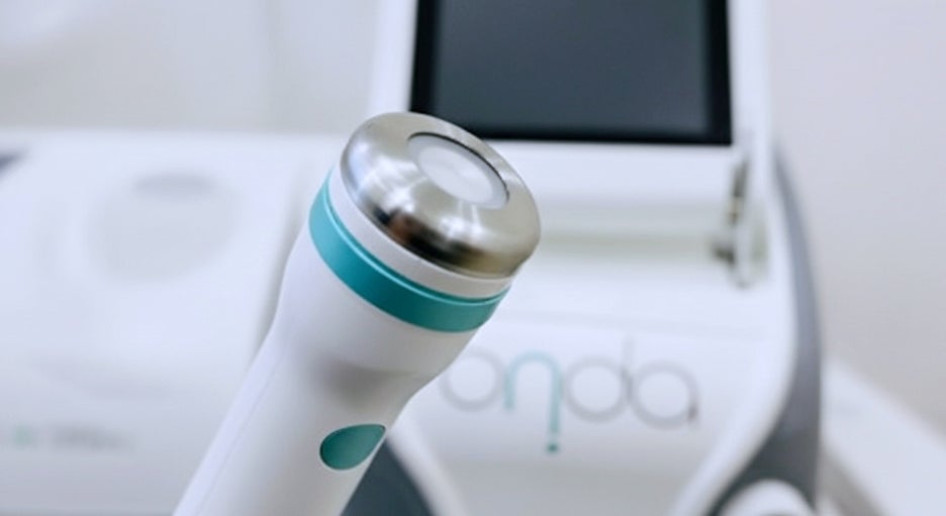


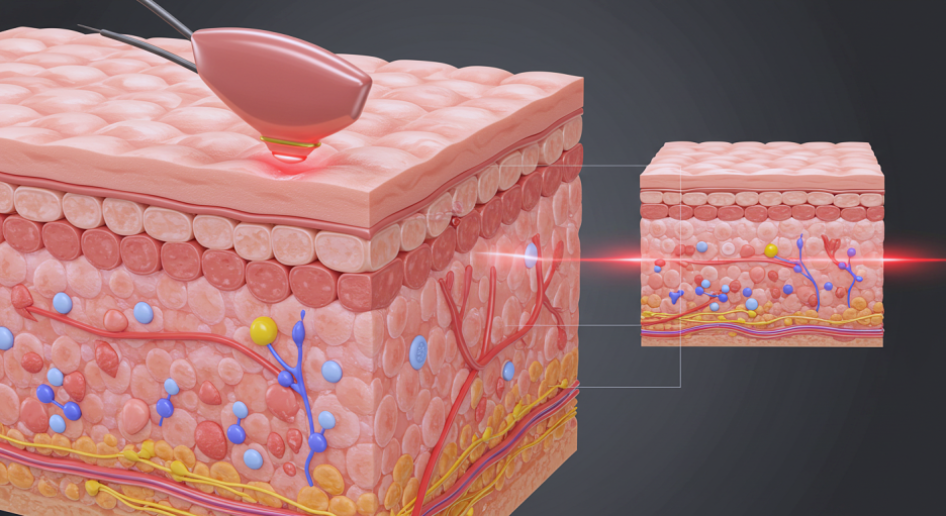
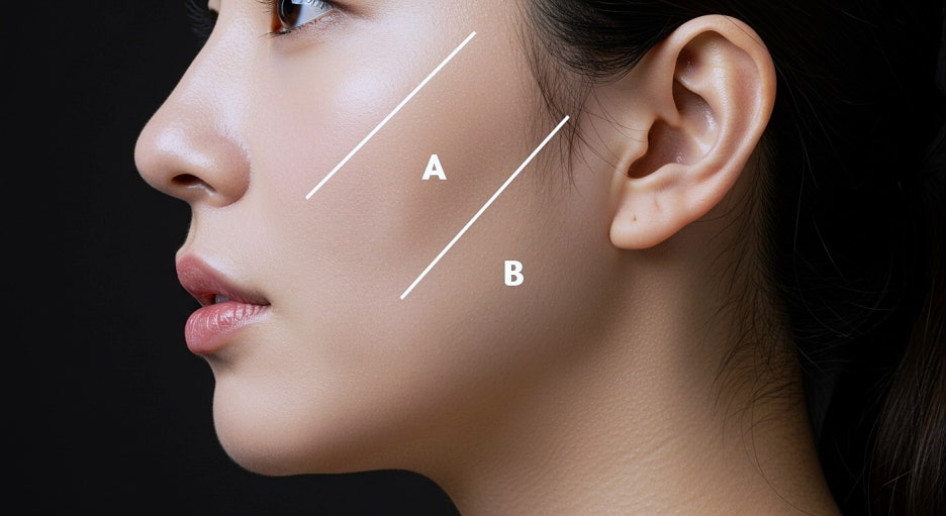

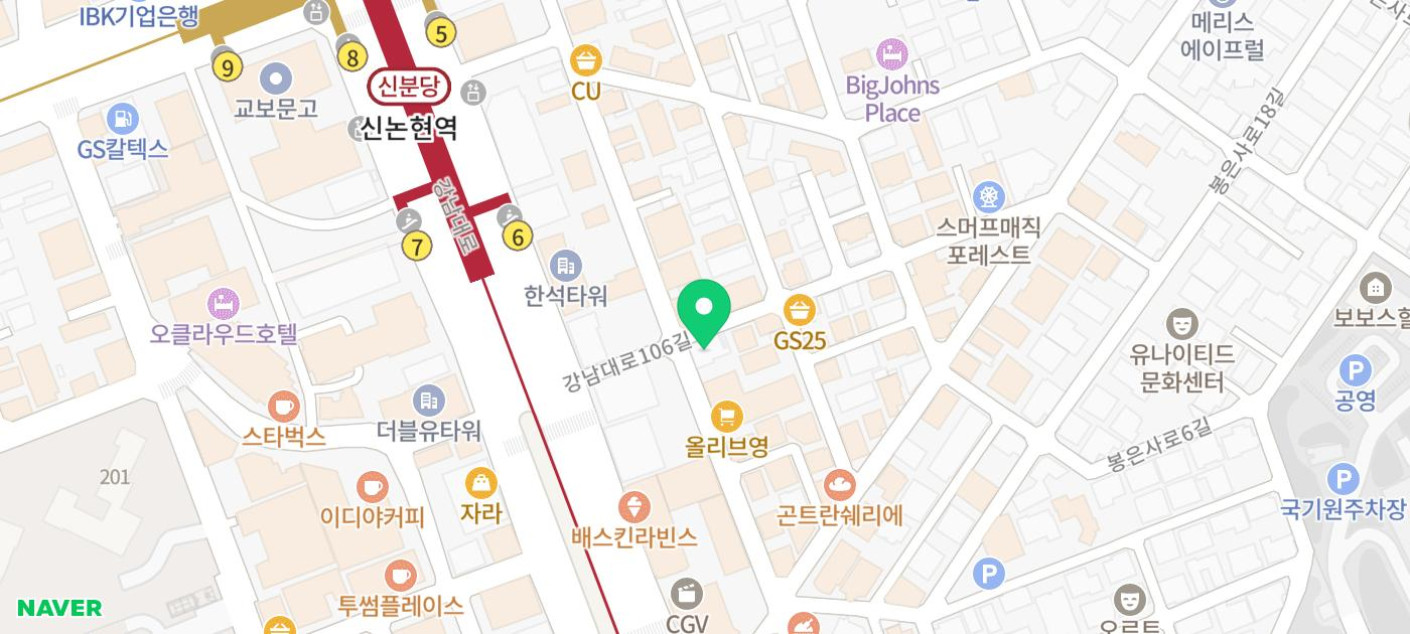
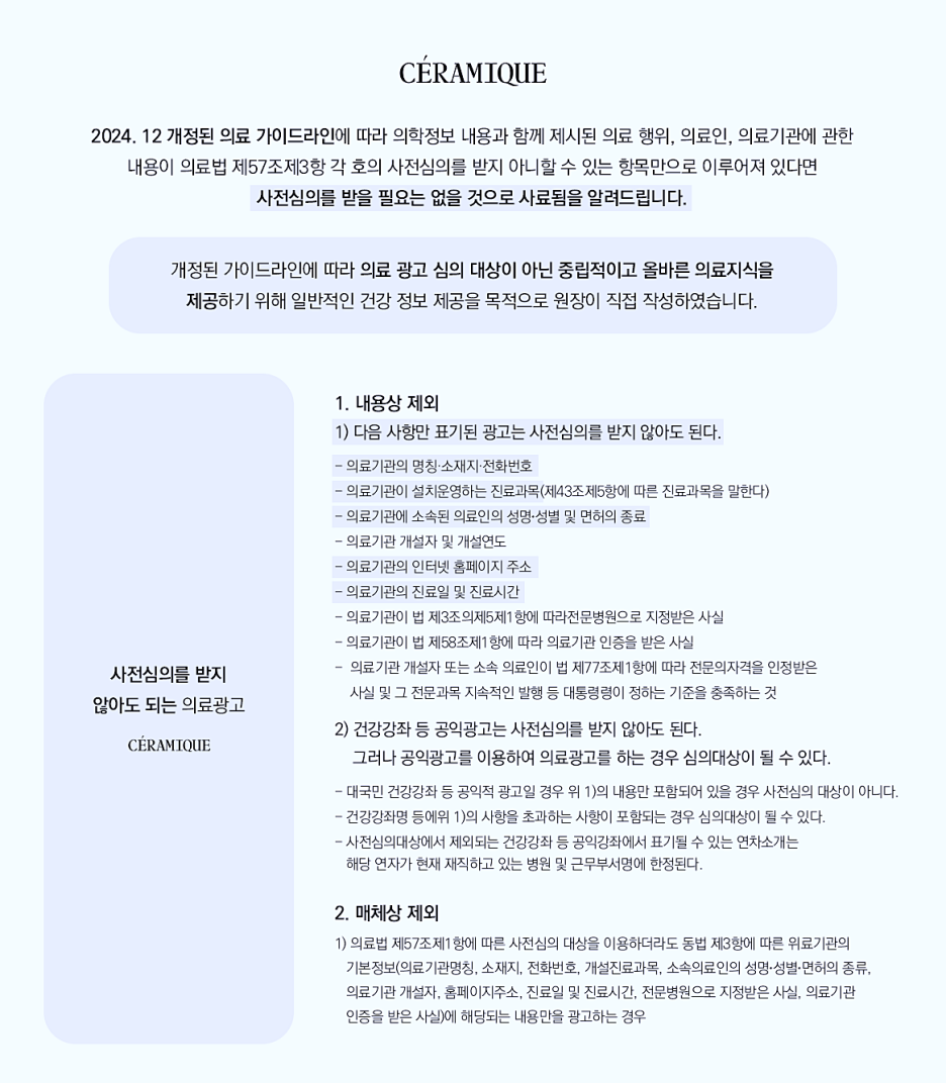



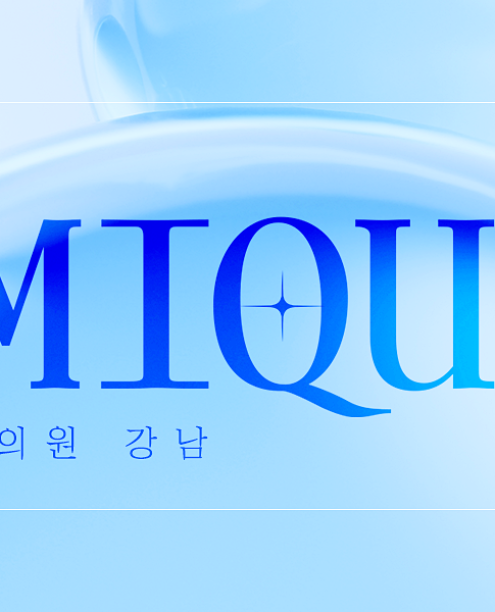

























Source :https://blog.naver.com/best_sseul/224017341388
No comments yet.
